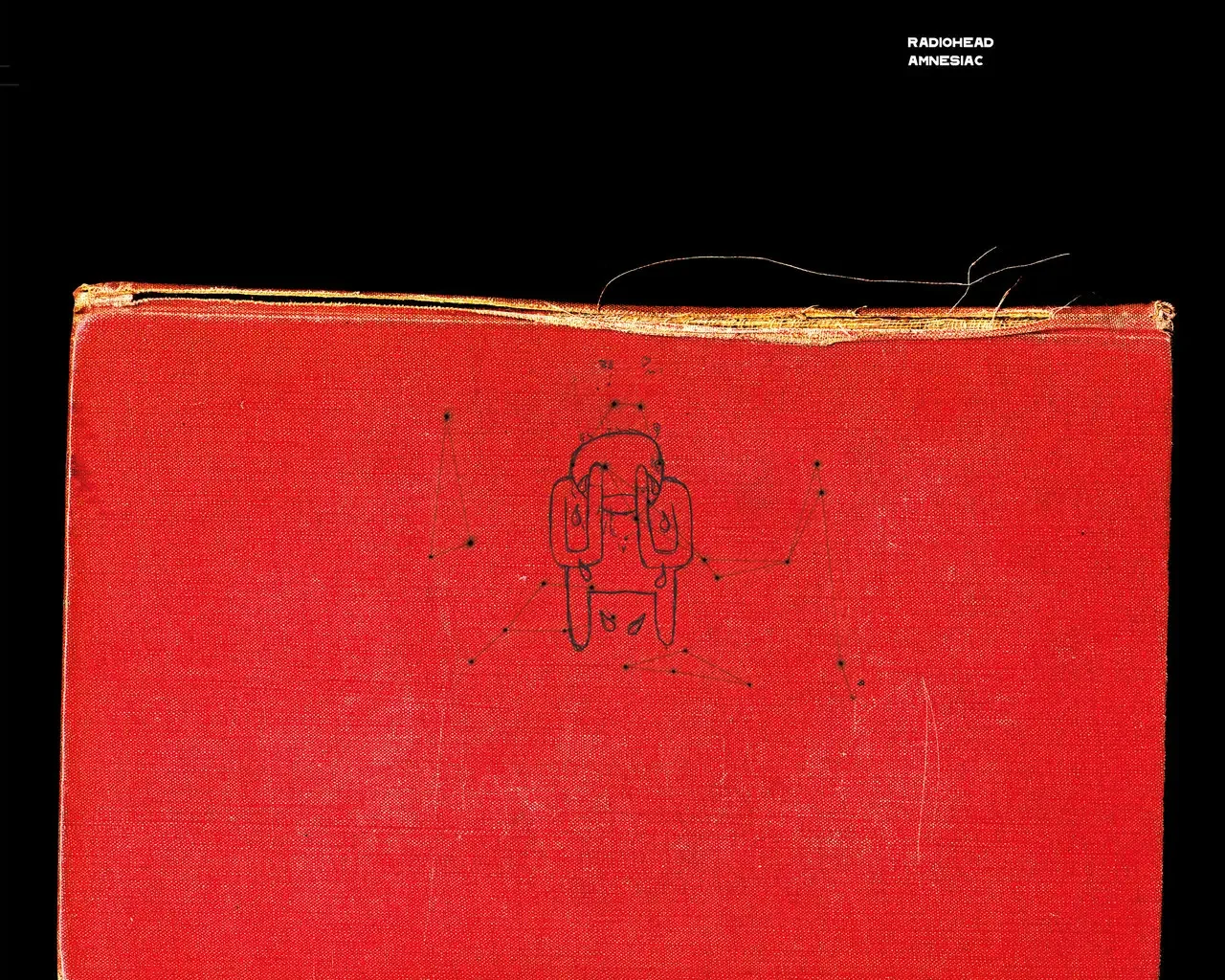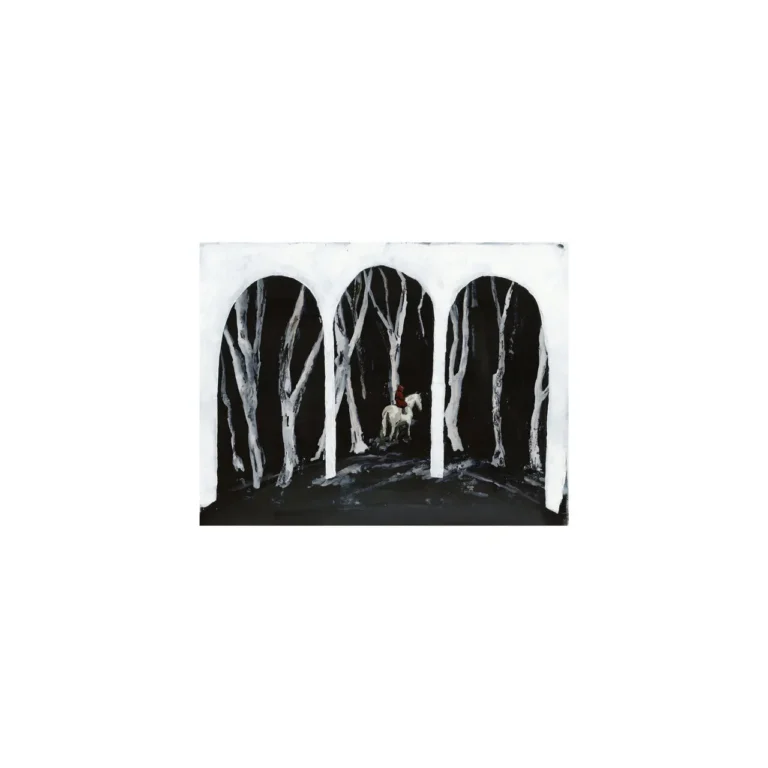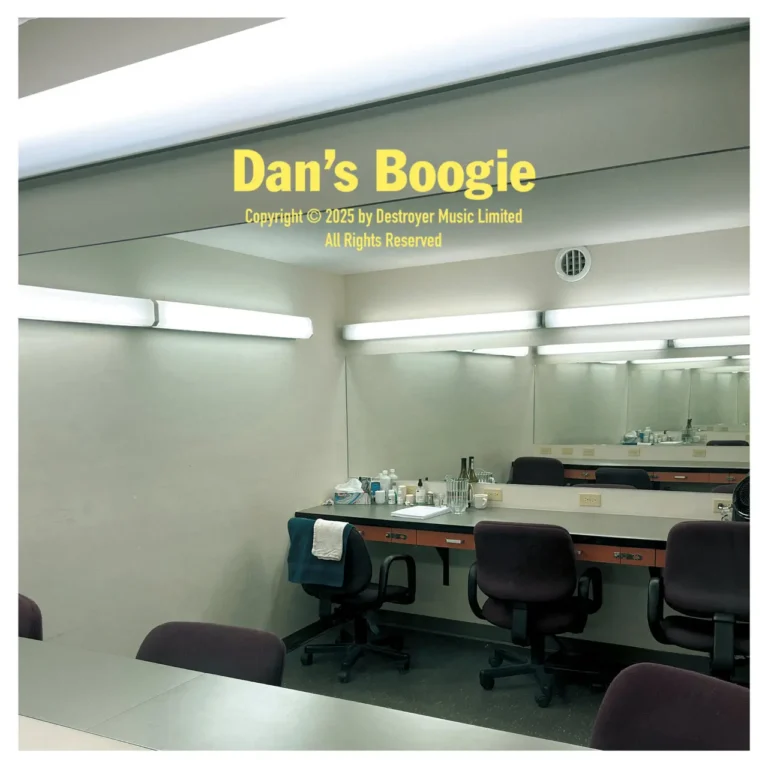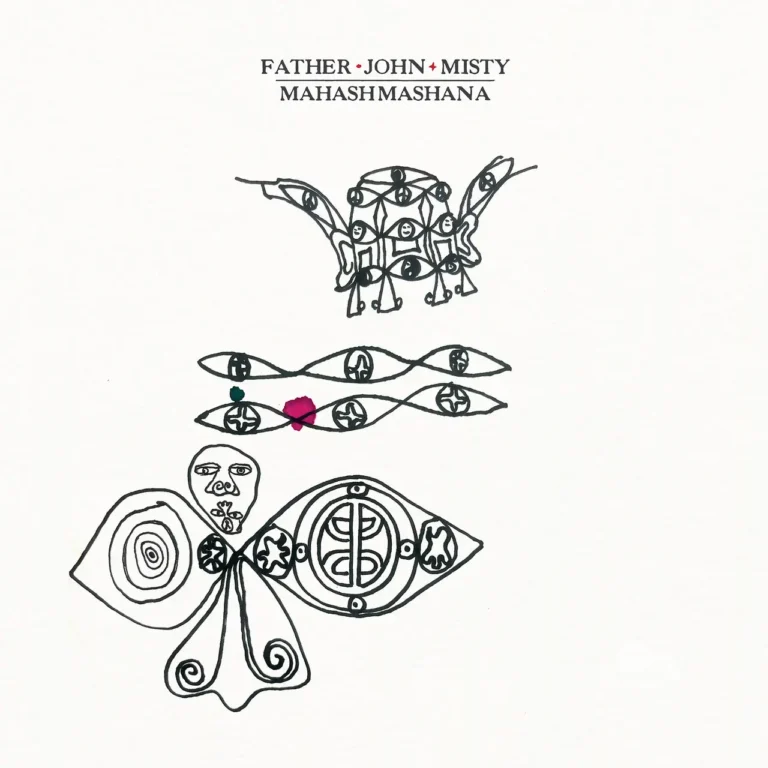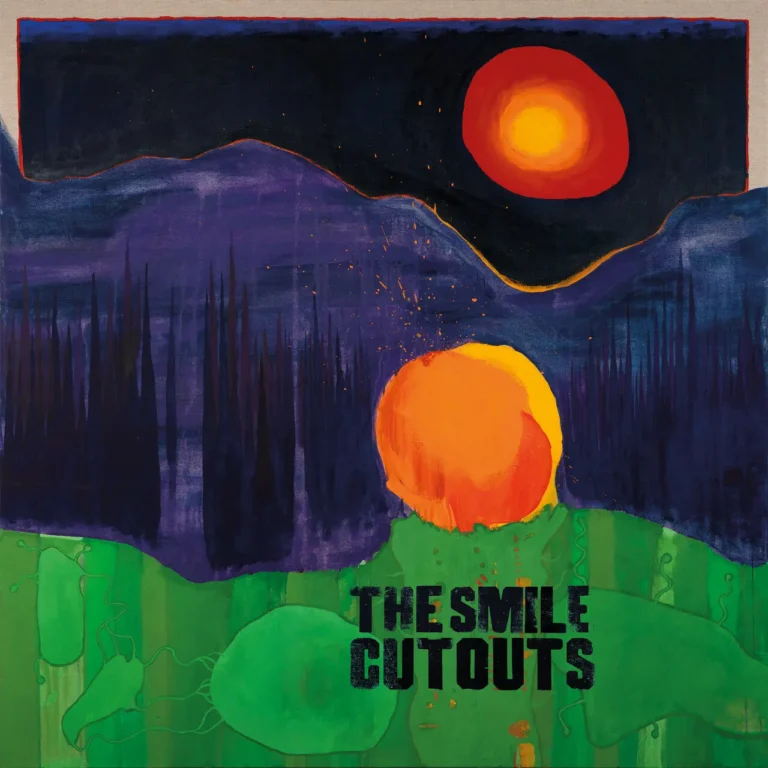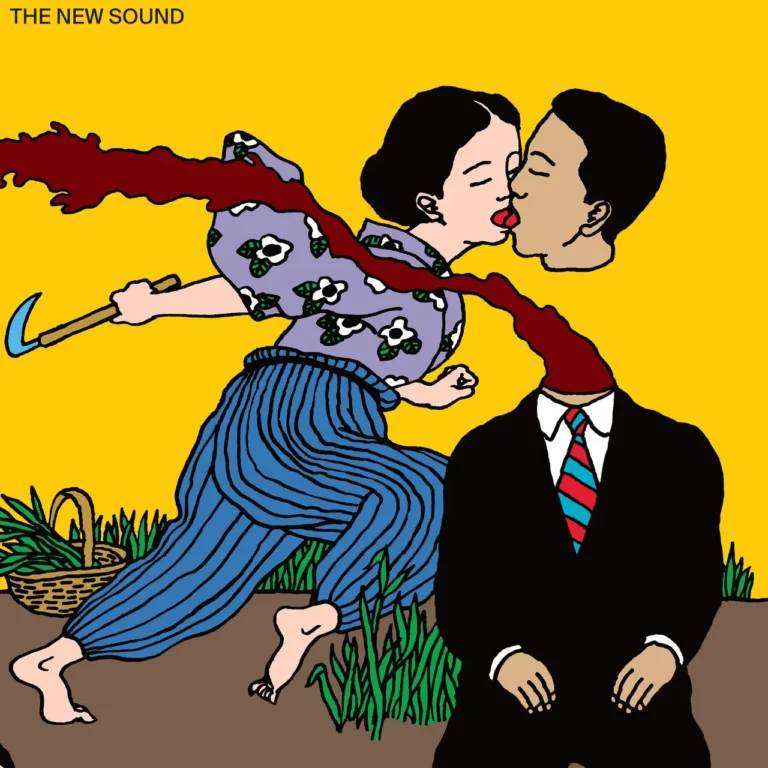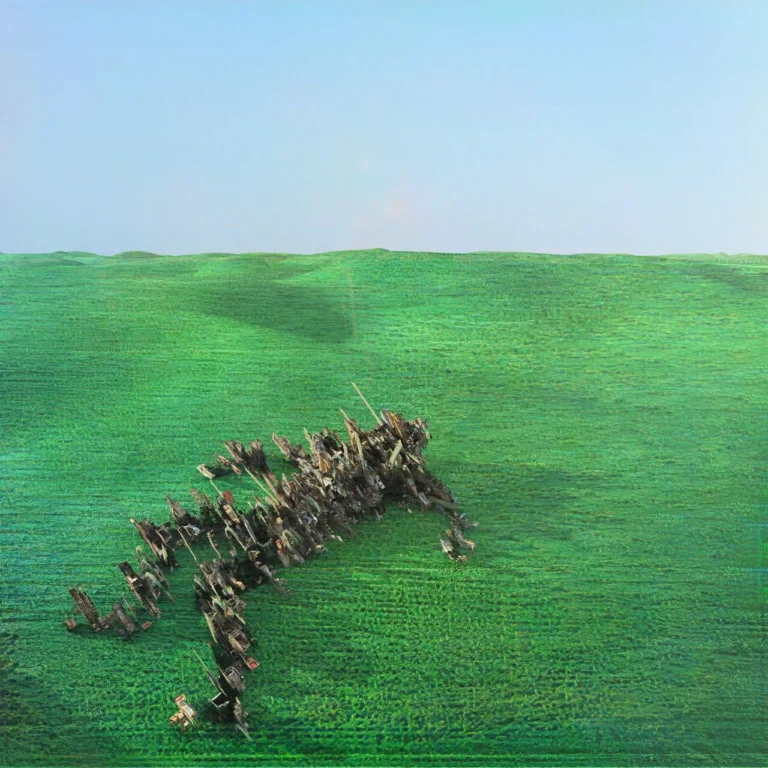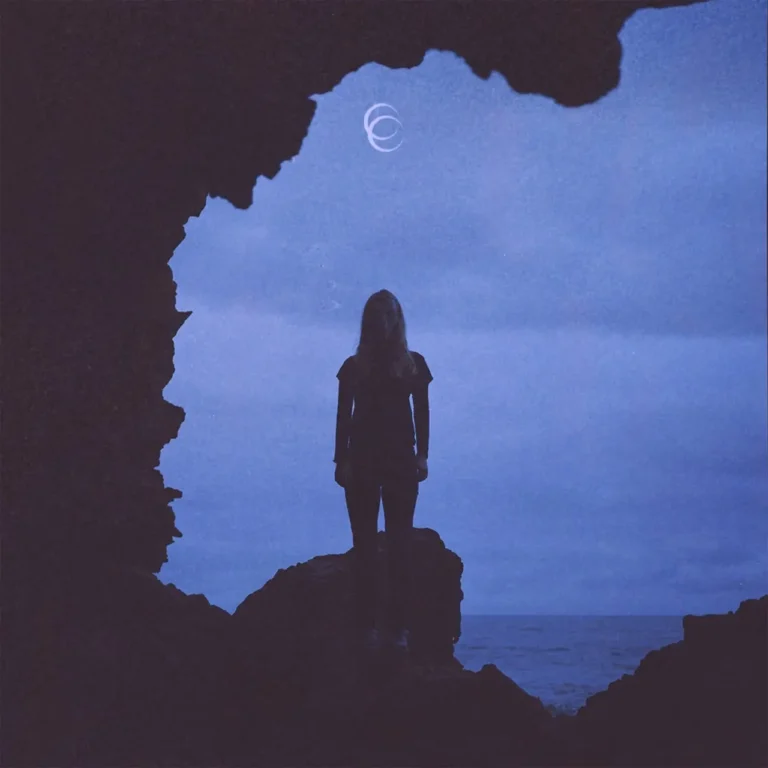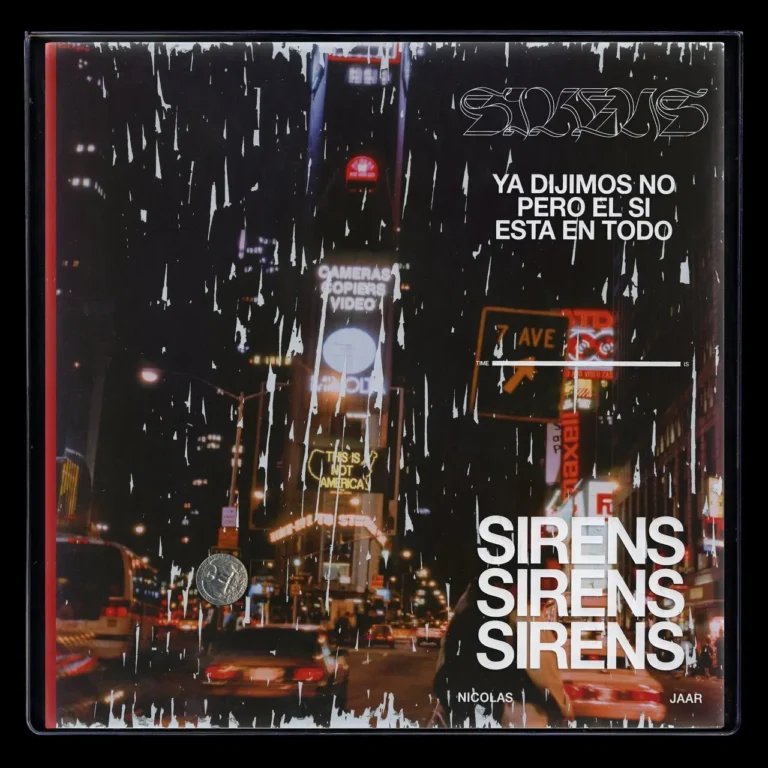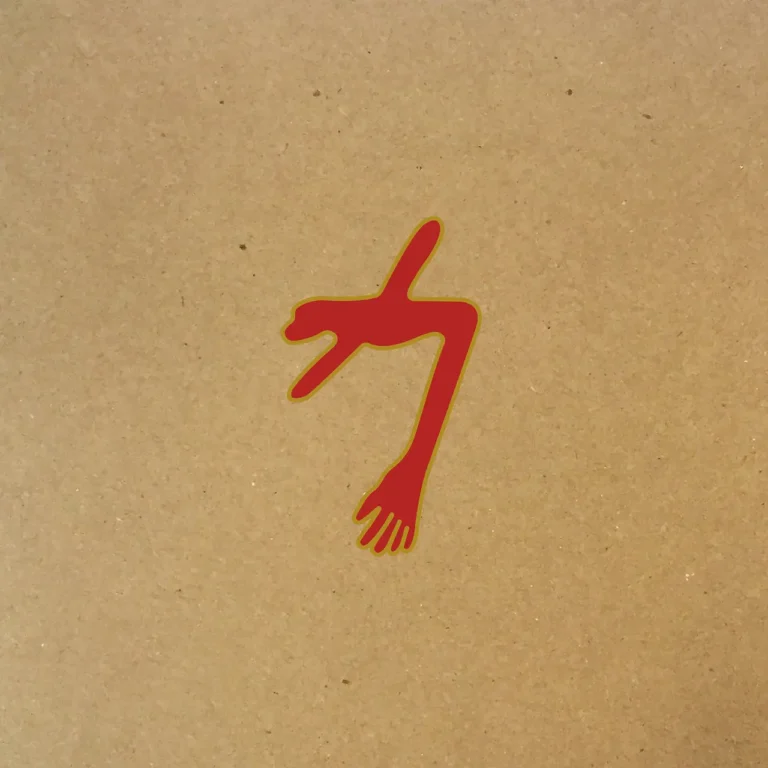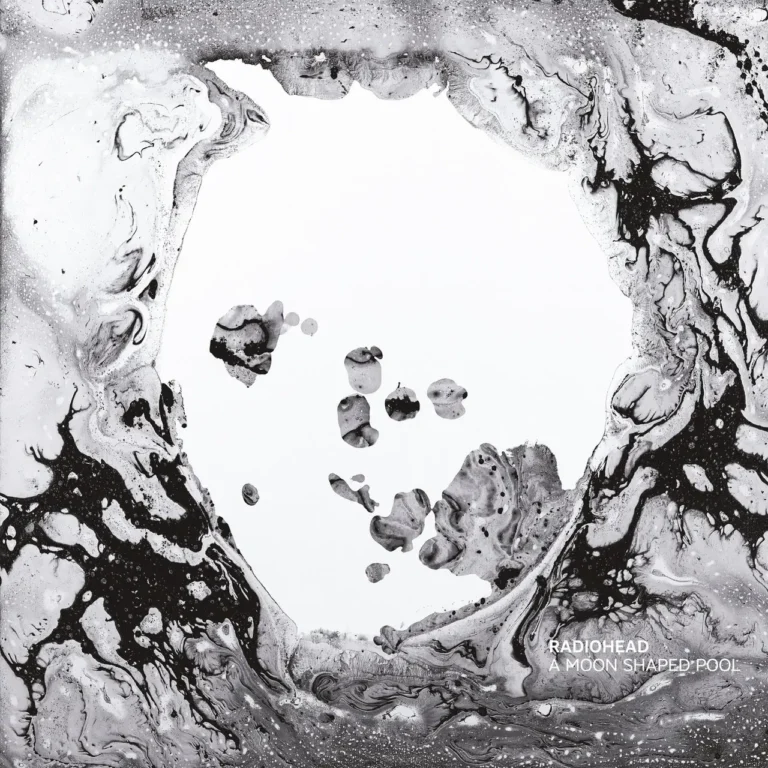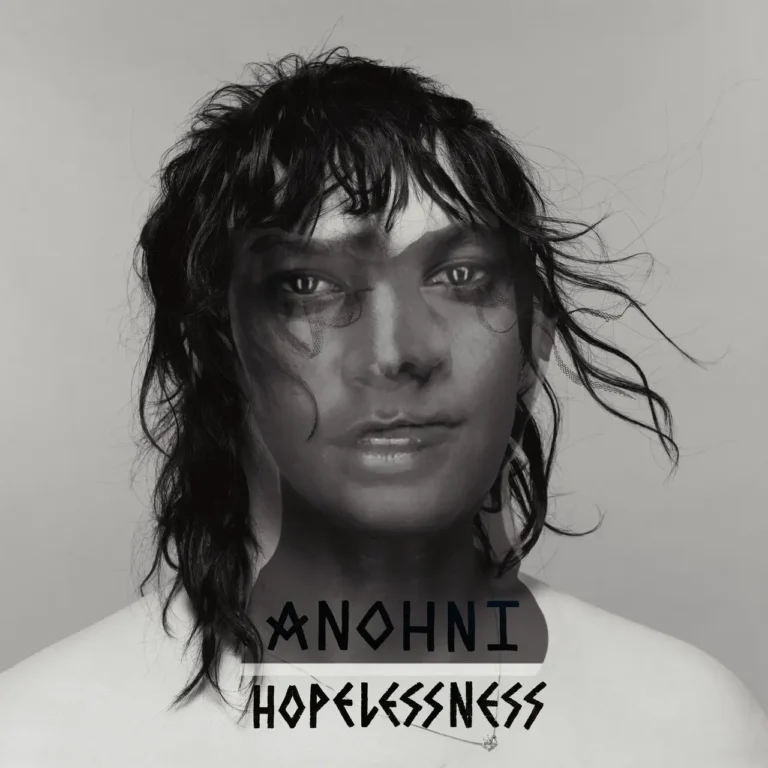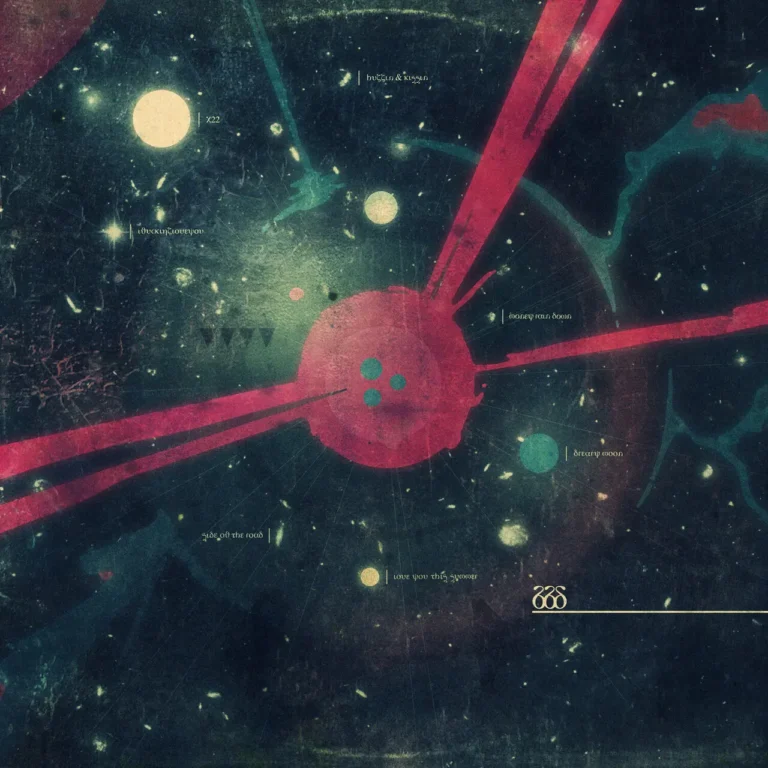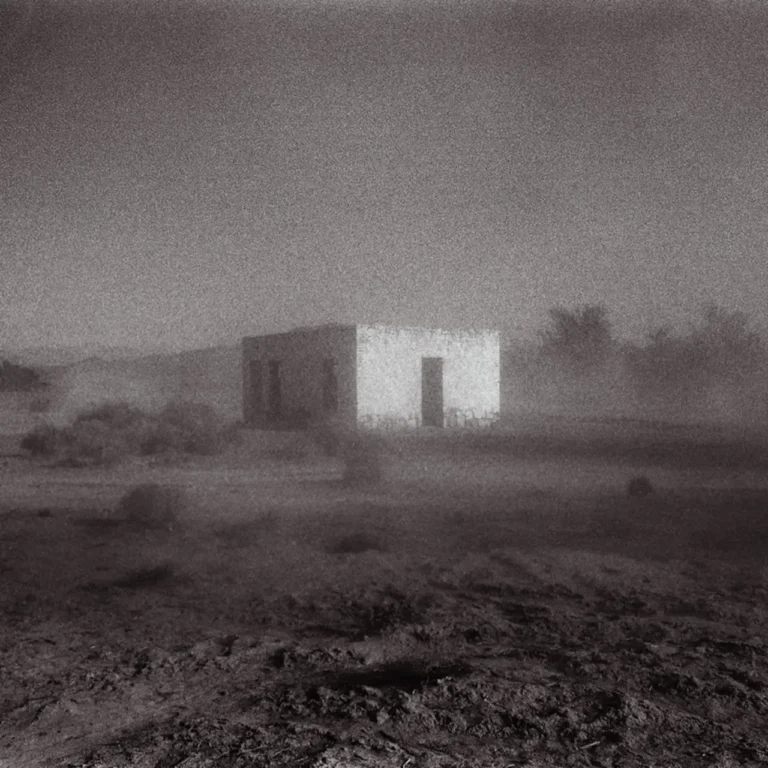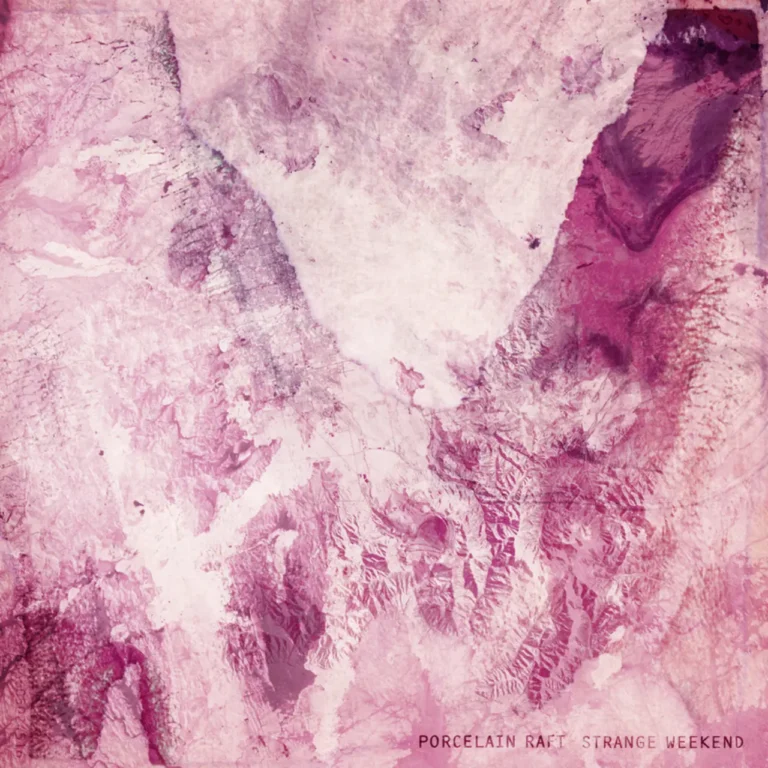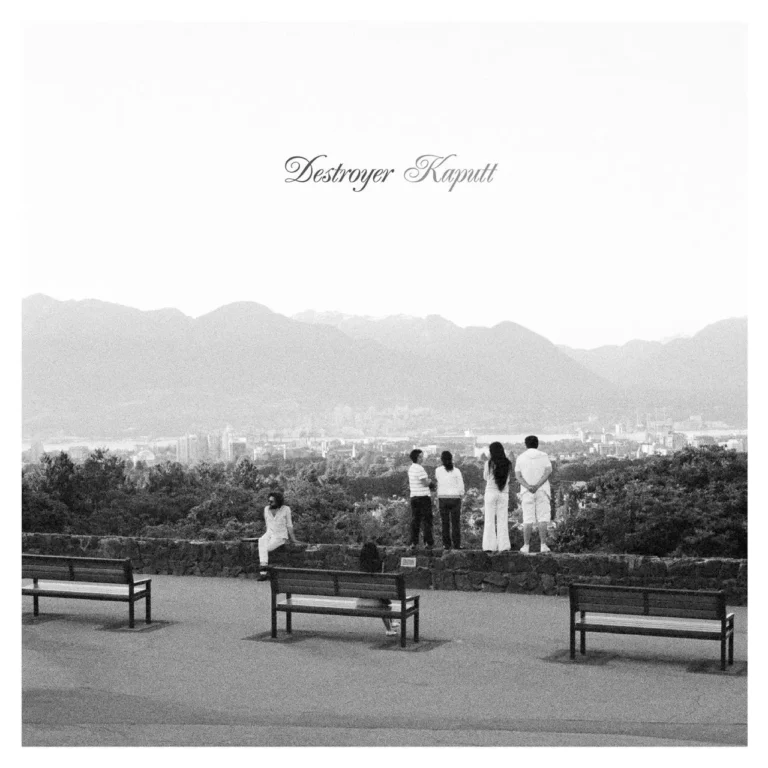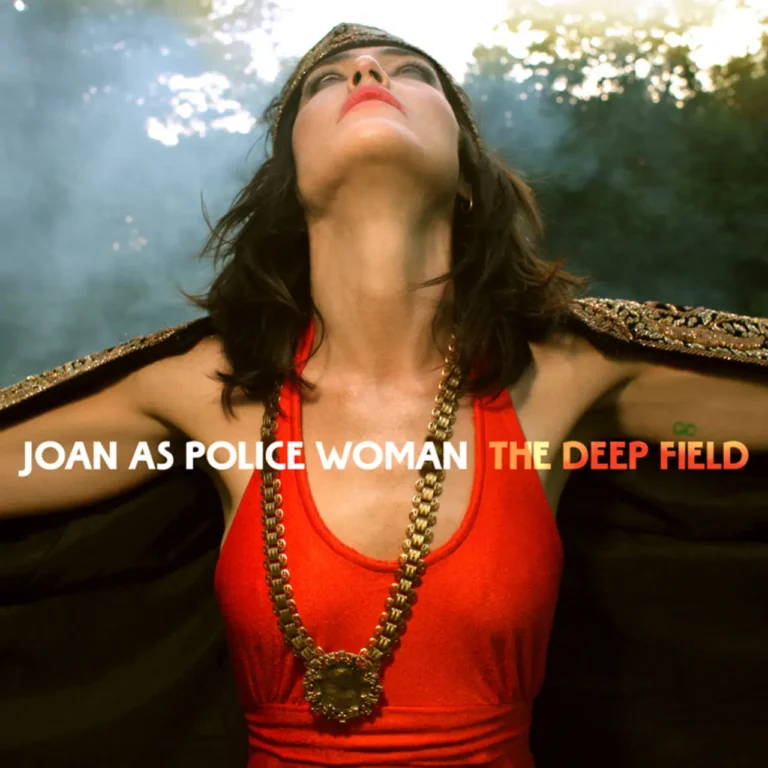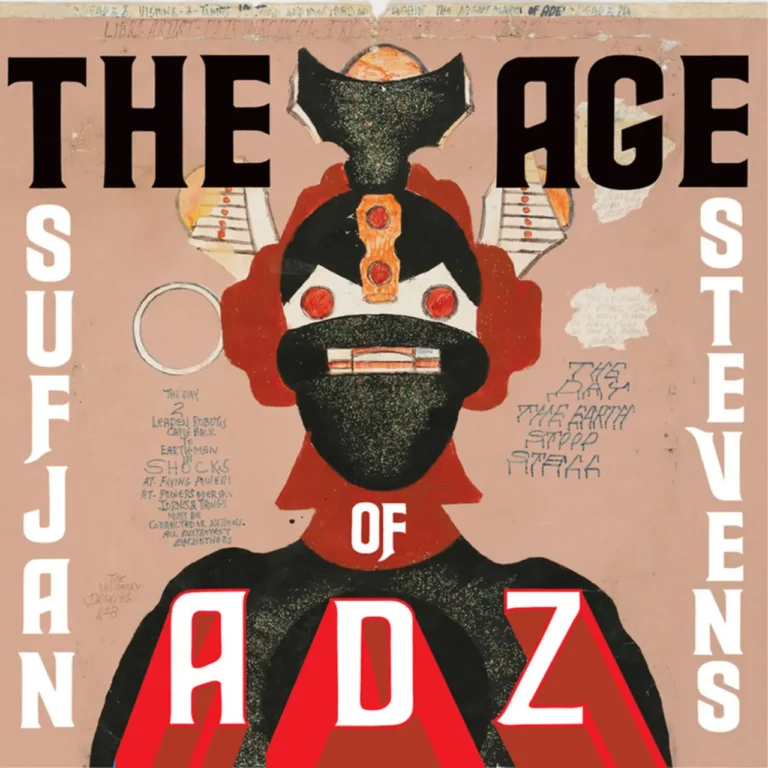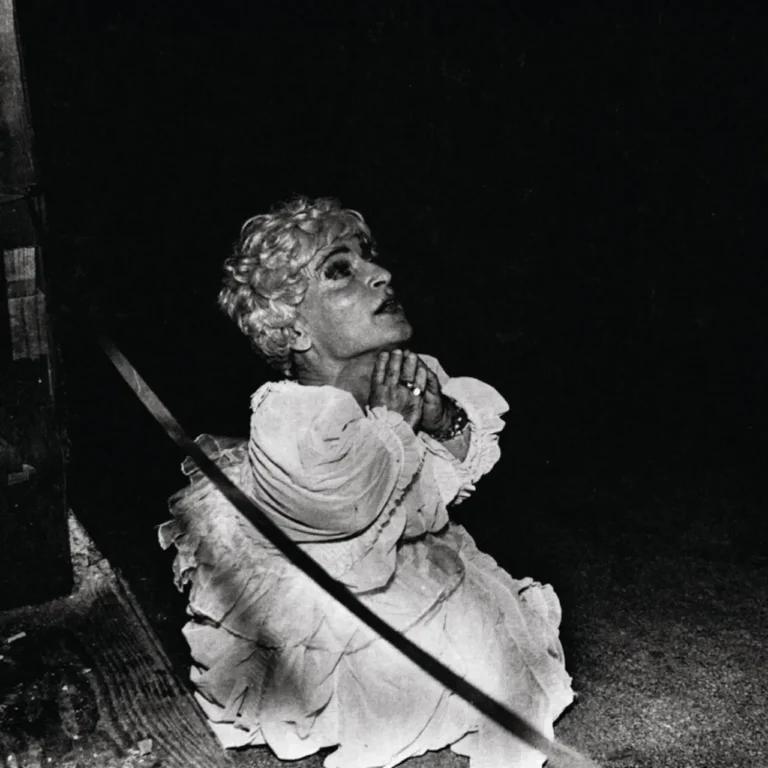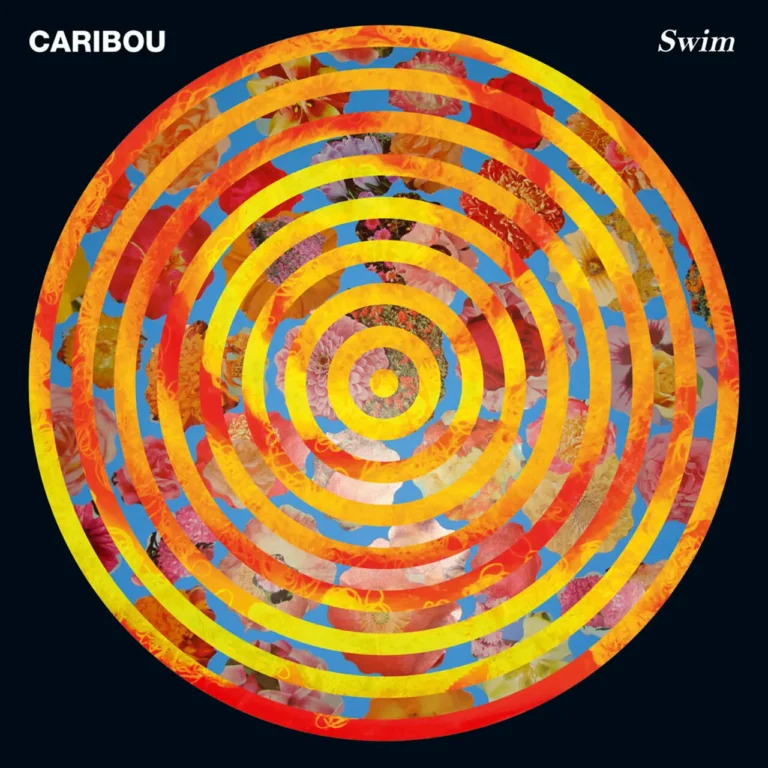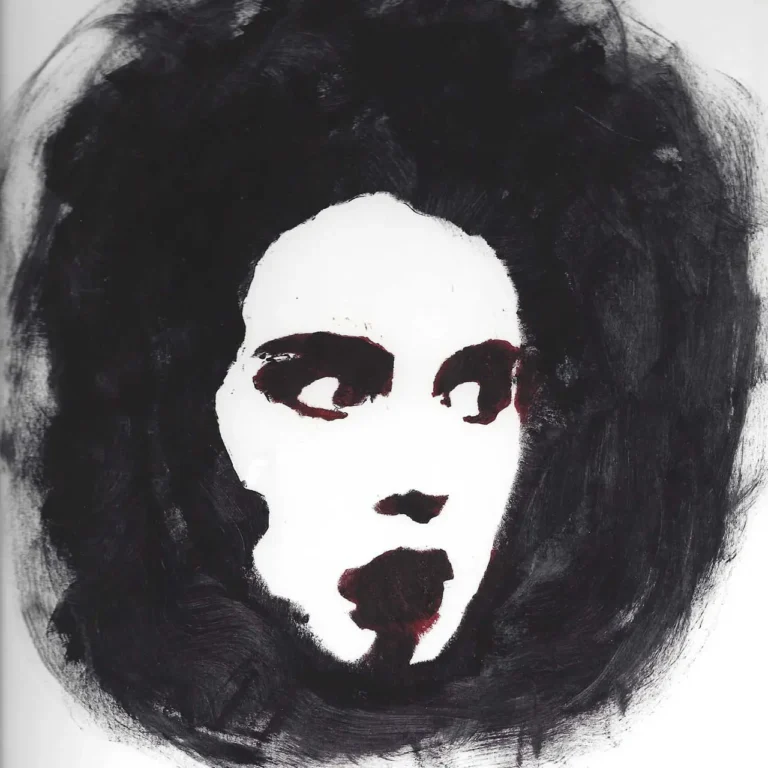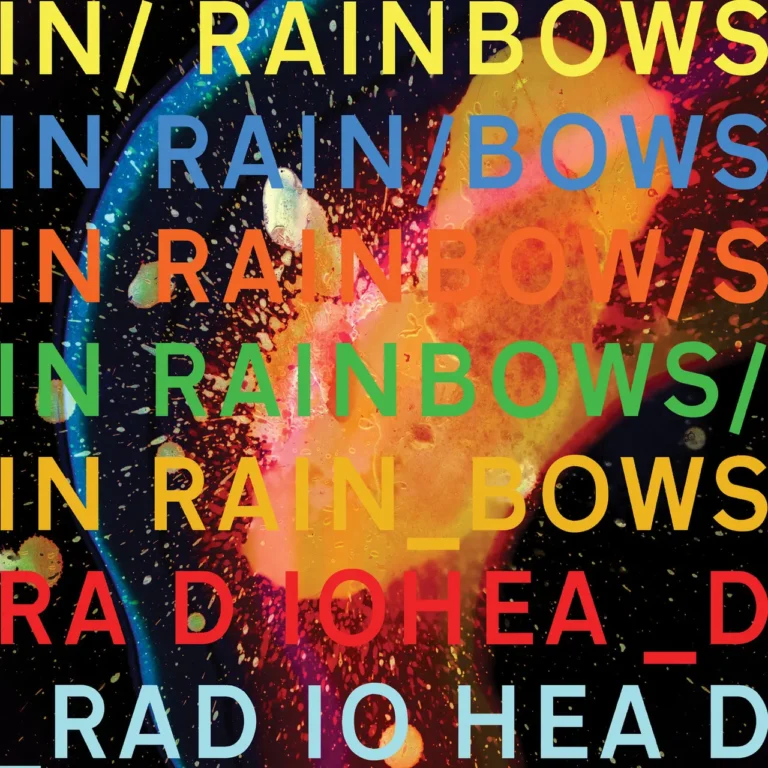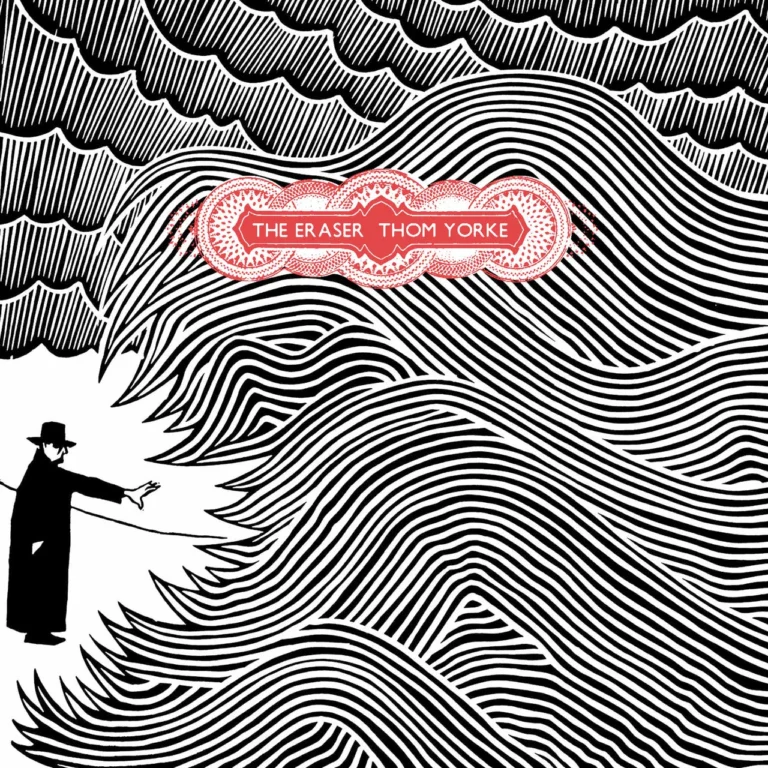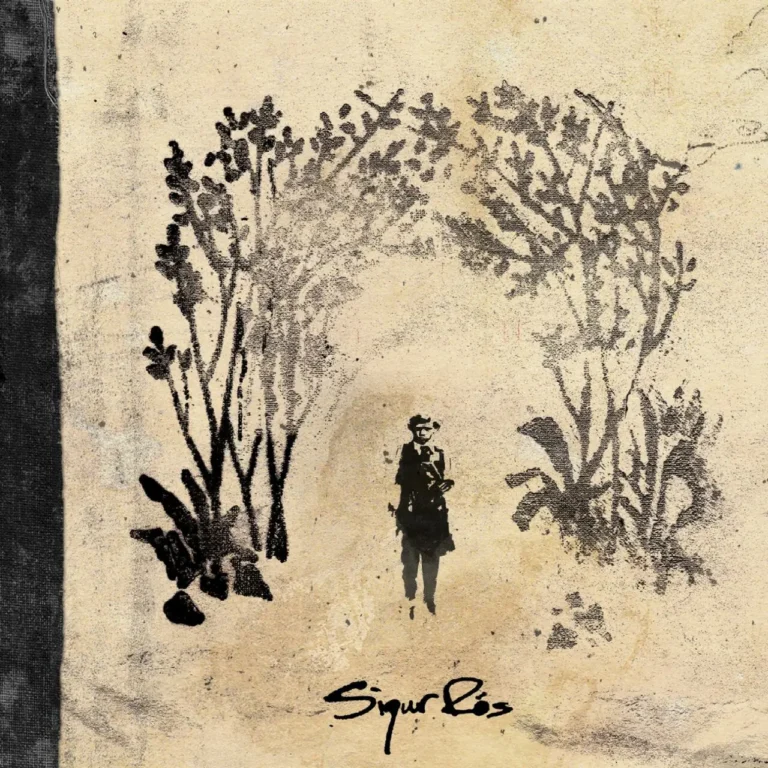"Pyramid Song" is the lead single from Radiohead’s 2001 album Amnesiac. Characterized by ghostly piano, sweeping orchestrations, ambiguous rhythms, and poetic lyrics, the track is widely celebrated for its haunting beauty and emotional depth. It stands as one of Radiohead’s most critically acclaimed works12.
Origins and Influences
- Composition: Thom Yorke wrote the song after becoming fascinated by jazz musician Charles Mingus’s “Freedom” and after visiting an exhibition of Egyptian underworld art in Copenhagen. The harmonic structure features clusters of "black notes" on the piano, giving the song its eerie, floating feel.
- Historical & Literary Inspiration: The song’s imagery draws on ancient Egyptian funerary art, references to mythological rivers of the underworld (akin to the River Styx), and even Dante’s Divine Comedy. Yorke was also influenced by physicist Stephen Hawking’s ideas about cyclical time and Buddhist philosophy’s concepts of recurrence and the dissolution of linear time.
- Alternate Titles: Early versions were called "Egyptian Song" and "Nothing to Fear," a line that features prominently in the chorus.
Lyrical Themes and Interpretation
The lyrics of "Pyramid Song" are impressionistic, full of symbolic and spiritual references:
- Journey to the Afterlife: The recurring motif of a journey across water is a classic symbol of traversing into the afterlife, seen in both Greek and Egyptian mythology. The narrator describes "black-eyed angels" and a reunion with all past lovers and past and future selves, suggesting an afterlife or spiritual rebirth.
- Time and Cyclicality: The non-linear references ("all my past and futures") and dreamlike imagery reinforce a sense of time being cyclical or illusory, not linear—a theme Yorke explicitly linked to ideas from Stephen Hawking and Buddhism.
- Transcendence & Acceptance: The chorus, “There was nothing to fear and nothing to doubt,” suggests a sense of surrender and peace with death or the unknown—an embrace of the inevitable that is both comforting and transcendent.
- Interpretative Ambiguity: The narrative is intentionally abstract, inviting personal interpretations related to mortality, memory, and existential peace.
Musical Structure
- Rhythm and Ambiguity: "Pyramid Song" is famous for its ambiguous rhythm. The meter feels "out of joint" or floating, lacking a conventional beat, which enhances its otherworldly character and reflects the song’s philosophical themes about time and perception.
- Instrumentation: Jonny Greenwood’s cinematic string arrangements, Phil Selway’s jazz-inspired, unpredictable drumming, Colin Greenwood’s upright bass, and the haunting Ondes Martenot all coalesce to create an enveloping, dreamlike sonic landscape.
Visuals and Reception
- Music Video: The animated video, set in an undersea world, won the 2002 NME Carling Award for best music video. Its surreal, aquatic imagery parallels the song's themes of crossing over and exploring unknown realms.
- Critical Acclaim: "Pyramid Song" is frequently listed among Radiohead’s most important songs, praised for its innovation and depth. Publications such as Rolling Stone, NME, and Pitchfork place it among the top tracks of the decade.
Key Lyrics
I jumped in the river and what did I see?
Black-eyed angels swam with me
A moon full of stars and astral cars
And all the figures I used to see
All my lovers were there with me
All my past and futures
And we all went to heaven in a little row boat
There was nothing to fear and nothing to doubt
In Essence
"Pyramid Song" is a meditation on death, transcendence, and the nature of time, blending mythology, spirituality, and philosophical reflection into a hypnotic and unforgettable piece of music. Its mystical journey invites listeners to release their fear, contemplate existence’s cycles, and immerse themselves in a realm where time and self are fluid—echoing the eternal currents beneath its surface413.
